Nissan Predicts Incredibly Lean Year, Plans Accordingly

Nissan’s all-important turnaround has been complicated immensely by the coronavirus pandemic. Supply chains fell into in shambles as countless factories temporarily closed as a countermeasure, harming profits as demand came to a screeching halt. Now there’s a looming recession that many economists fear may surpass the Great Depression — though this was a concern years before the COVID response hit the accelerator, thanks to growing debt and the way finance has been allowed to operate for decades.
Seeing the writing on the wall, many automakers have tamped down expectations for 2020. Being in the peculiar position of restructuring before the pandemic hit — which isn’t all that unique within the industry, truth be told — Nissan is reportedly plotting a 30 percent year-on-year cut in global production.
An anonymous insider told Reuters that the manufacturer intends to produce roughly 2.6 million vehicles between April and December of this year, versus the 3.7 million units it put together over the same time frame in 2019. While the last month or so has shown the industry recovering from the immense damage done this spring, most analysts expect things to begin backsliding again this fall. Nissan seems to be heeding that advice.
From Reuters:
Nissan is planning for production to increase from 510,000 vehicles in the first quarter to around 930,000 in July-September, the people said. Second quarter output will be about 25 percent lower from a year ago, according to Reuters calculations.
Production is expected to increase to around 1.1 million vehicles in October-December, roughly 8 percent lower on the year.
In July-September, Nissan’s output will be hit hardest at home, falling around 47 percent from last year, after the automaker said it would cut more shifts at its Japanese assembly plants. Domestic output will recover slightly through December.
Meanwhile, the company still has to contend with a vast restructuring plan that aims to cut $2.78 billion in fixed costs and reduce global production capacities immensely through 2024. Its product portfolio won’t be spared, shrinking from 69 models to just fewer than 55 while moving away from fleet sales to help overall profitability.
The silver lining here is that Nissan leadership claims there’s enough cash on hand to endure the pandemic. But that proclamation came much earlier in the year, back when everyone assumed government lockdowns would be brief and business could return to normal by the start of summer. Nissan would still be bloated and in desperate need of streamlining, but the assumption was that the following months would be a little kinder.
“For Nissan to overcome this situation, we must admit our mistakes and correct course,” CEO Makoto Uchida said in May, adding that all staff (including executives) would need to make real sacrifices. “These steps need to be taken decisively and without compromise.”
[Image: Memory Stockphoto/Shutterstock]

A staunch consumer advocate tracking industry trends and regulation. Before joining TTAC, Matt spent a decade working for marketing and research firms based in NYC. Clients included several of the world’s largest automakers, global tire brands, and aftermarket part suppliers. Dissatisfied with the corporate world and resentful of having to wear suits everyday, he pivoted to writing about cars. Since then, that man has become an ardent supporter of the right-to-repair movement, been interviewed on the auto industry by national radio broadcasts, driven more rental cars than anyone ever should, participated in amateur rallying events, and received the requisite minimum training as sanctioned by the SCCA. Handy with a wrench, Matt grew up surrounded by Detroit auto workers and managed to get a pizza delivery job before he was legally eligible. He later found himself driving box trucks through Manhattan, guaranteeing future sympathy for actual truckers. He continues to conduct research pertaining to the automotive sector as an independent contractor and has since moved back to his native Michigan, closer to where the cars are born. A contrarian, Matt claims to prefer understeer — stating that front and all-wheel drive vehicles cater best to his driving style.
More by Matt Posky
Latest Car Reviews
Read moreLatest Product Reviews
Read moreRecent Comments
- Zipper69 "At least Lincoln finally learned to do a better job of not appearing to have raided the Ford parts bin"But they differentiate by being bland and unadventurous and lacking a clear brand image.
- Zipper69 "The worry is that vehicles could collect and share Americans' data with the Chinese government"Presumably, via your cellphone connection? Does the average Joe in the gig economy really have "data" that will change the balance of power?
- Zipper69 Honda seem to have a comprehensive range of sedans that sell well.
- Oberkanone How long do I have to stay in this job before I get a golden parachute?I'd lower the price of the V-Series models. Improve the quality of interiors across the entire line. I'd add a sedan larger then CT5. I'd require a financial review of Celestiq. If it's not a profit center it's gone. Styling updates in the vision of the XLR to existing models. 2+2 sports coupe woutd be added. Performance in the class of AMG GT and Porsche 911 at a price just under $100k. EV models would NOT be subsidized by ICE revenue.
- NJRide Let Cadillac be Cadillac, but in the context of 2024. As a new XT5 owner (the Emerald Green got me to buy an old design) I would have happy preferred a Lyriq hybrid. Some who really like the Lyriq's package but don't want an EV will buy another model. Most will go elsewhere. I love the V6 and good but easy to use infotainment. But I know my next car will probably be more electrified w more tech.I don't think anyone is confusing my car for a Blazer but i agree the XT6 is too derivative. Frankly the Enclave looks more prestigious. The Escalade still has got it, though I would love to see the ESV make a comeback. I still think GM missed the boat by not making a Colorado based mini-Blazer and Escalade. I don't get the 2 sedans. I feel a slightly larger and more distinctly Cadillac sedan would sell better. They also need to advertise beyond the Lyriq. I don't feel other luxury players are exactly hitting it out of the park right now so a strengthened Cadillac could regain share.



















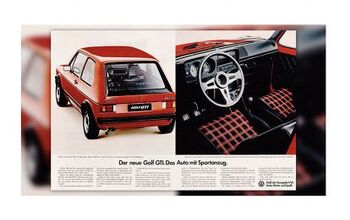


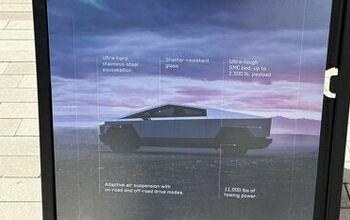




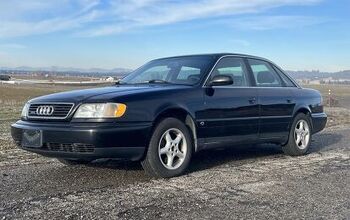

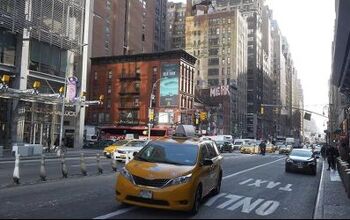


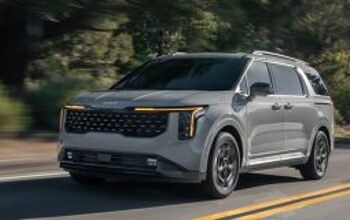

Comments
Join the conversation
Japan has finally arrived. Nissan goes the way of the Big 3. Also Olympus cameras are gone China's way recently following Sharp, Toshiba, Polaroid and Kodak.
Nissan can start with better quality and better service.